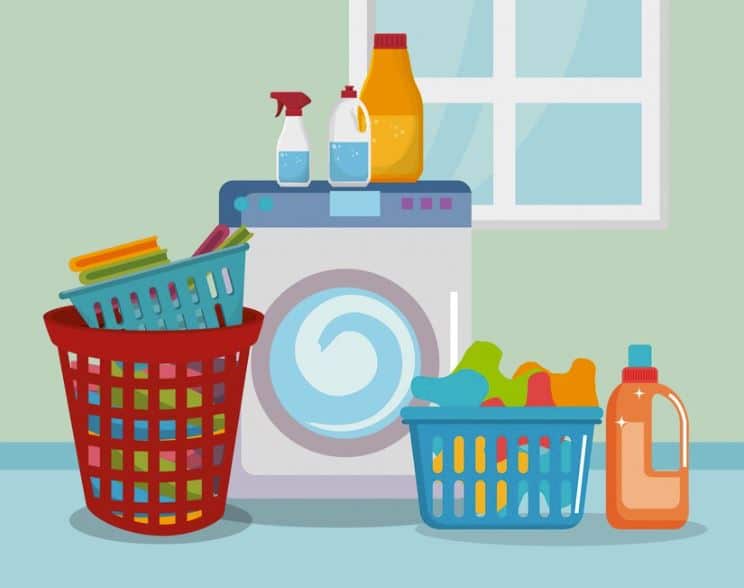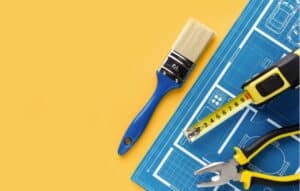I. Introduction to Household Goods Loans
1. Definition and Basic Understanding
Household goods loans are a specific form of credit that allows you to borrow money to buy household items ranging from furniture to electronic appliances. Commonly used within the UK, these loans cater to the need for credit in purchasing essential home commodities, aiding those who may not have access to sufficient funds upfront.
2. Popularity and Demand of Household Goods Loans in the UK
Given the high living and expenditure standards in the UK, household goods loans have grown in popularity. They allow individuals to manage their financial resources efficiently by spreading costs over a period of time rather than dealing with hefty upfront payments.
3. The Need for Household Goods Loans: Why It Matters?
Household goods loans matter because they ensure that no home – whether a renovated townhouse, a new family home, or a starting-out apartment, misses out on essential items. They make homes more liveable and provide a sense of comfort and belonging.
II. How do Household Goods Loans Work?
1. The Loan Application Process
The application process for such loans is often straightforward. Most banks and financial institutions provide an option to apply online or in-branch. Upon submission of the application and relevant documents, the lender will do a credit check and review your affordability.
2. Eligibility Criteria and Loan Approval
To be considered for a household goods loan, one must meet the lender’s eligibility criteria, which often includes legal age, UK residency, stable income source and a satisfactory credit history. Once approved, the loan amount is usually disbursed directly to the applicant’s account or to the goods supplier.
3. Repayment Terms and Conditions
Like any other loan, household goods loans need to be repaid in instalments over an agreed period. The borrower has to ensure that they meet the monthly repayment amount, failing which may lead to penalties.
III. Types of Household Goods Loans
1. Furnishing Loans
These loans cater to the purchase of furniture. Whether you’re outfitting a new place or upgrading your existing home, furnishing loans can cover these expenses.
2. Electronic Items Loans
These are geared towards electronic appliances like refrigerators, washing machines, TVs etc. Such loans are a boon for us in our tech-heavy lives.
3. Home Improvement Loans
When you’re in the mood for a revamp, home improvement loans can cover costs from installing a new kitchen to creating the perfect home office.
IV. The Pros and Cons of Household Goods Loans
1. Benefits of Household Goods Loans
Household goods loans can make expensive purchases affordable by spreading the cost over time. They also provide the opportunity to improve living standards and comfort.
2. Drawbacks and Risks Associated
Drawbacks include a possible debt cycle if the borrower fails to manage repayments. There’s also the risk of paying significantly more than the item’s original cost due to interest rates and fees.
3. Steps to Minimise the Downsides
Before applying, thoroughly research different loan providers, compare interest rates and factors, only borrow what you need and ensure you’re able to meet the repayments.
V. Comparing Household Goods Loans with Other Alternatives
1. Household Goods Loans vs Personal Loans
While both allow for personal disposal, personal loans usually have lower interest rates, making them a cheaper borrowing option. However, they often require a higher credit score.
2. Comparing with Credit Card Purchases
While convenient for smaller purchases, credit cards often have higher interest rates than loans. Additionally, unlike a fixed loan repayment, credit card debt can snowball if not managed properly.
3. Rent-to-Own Schemes: A Viable Alternative?
Rent-to-own schemes can appear attractive as you pay in small instalments. However, in the long run, these can cost more than outright buying or taking out a loan.
VI. How to Choose the Right Household Goods Loan?
1. Tips on Comparing and Choosing the Right Loan
When choosing a loan, consider the interest rate, loan tenure, instalment amount, and any penalties or fees. Be sure to check customer reviews and the lender’s reputation.
2. Factors to Consider Before Committing
Always consider your financial position before committing to a loan. Will you be able to pay the instalments without straining your finances? Do you really need the item, or can it wait?
3. Understanding the Fine Print: Terms and Conditions
Always read the terms and conditions thoroughly. If there’s anything you don’t understand, don’t hesitate to ask the lender.
VII. Legal Aspects of Household Goods Loans in UK
1. Legal Protection for Borrowers
In the UK, borrowers are protected under the Consumer Credit Act. This protects you if your lender doesn’t follow the right procedures.
2. Consequences of Defaulting Loan Repayment
Defaulting on your loan can lead to penalties, lower credit scores, and possible legal action.
3. Dealing with Loan Sharks and Unscrupulous Lenders
Always ensure your lender is certified by the Financial Conduct Authority (FCA). If you fall victim to a loan shark, don’t hesitate to report to the local authorities.
VIII. Conclusion
1. Recap of Key Takeaway Points
Household goods loans can be a handy way of furnishing your home, especially if you’re operating on a concise budget. They have their share of pros and cons and understanding these will be key to making effective use of these loans.
2. The Influence of Household Goods Loans on UK Economy
Such loans boost consumption, facilitating economic growth. They also ensure even distribution of essential commodities, thus maintaining a certain living standard.
3. Future Trends and Predictions
In the light of constant economic growth and the increased cost of living, the demand for household goods loans is predicted to keep rising.
IX. Frequently Asked Questions
1. Who is eligible for a household goods loan?
Typically, anyone who is a UK resident, over 18, and can demonstrate the ability to repay the loan.
2. What should be kept in mind while applying for a household goods loan?
Borrowers should understand the loan terms, interest rate, repayment period and thoroughly assess their repayment capability.
3. How are household goods loans different from other forms of credit?
They are specifically meant for the purchase of household items and often have more lenient credit score requirements but may have higher rates.







